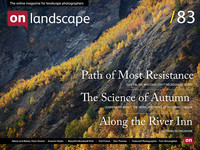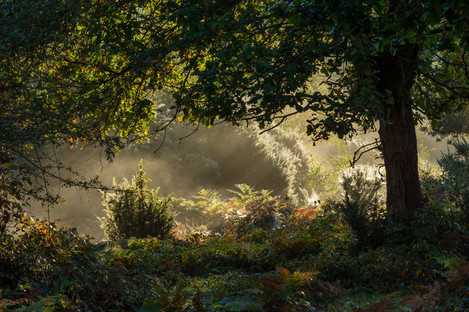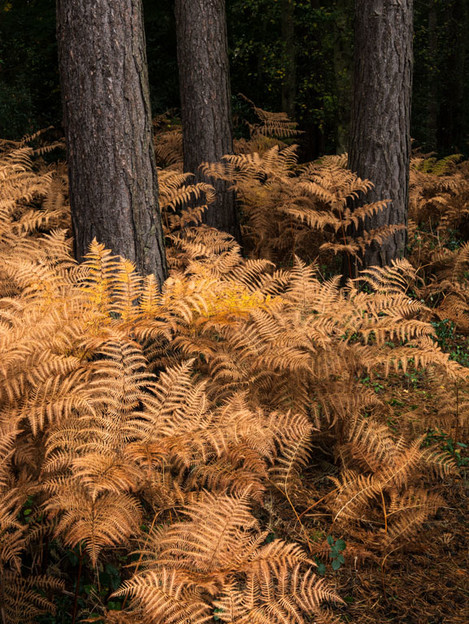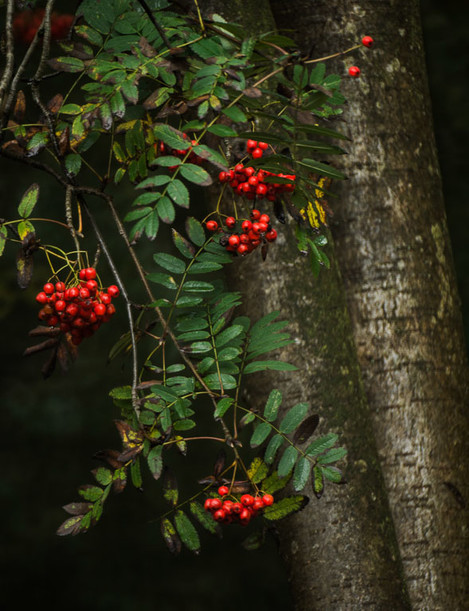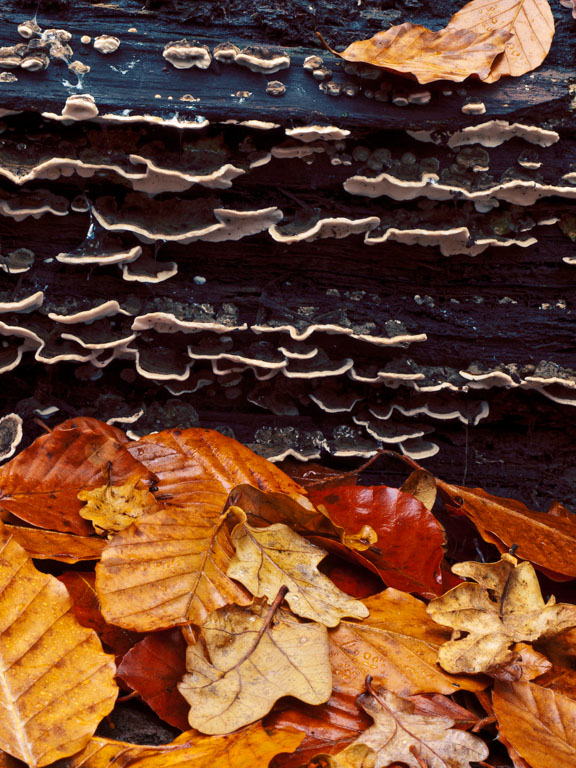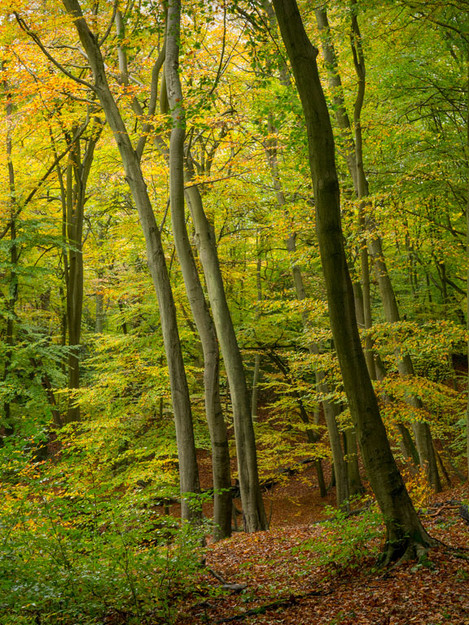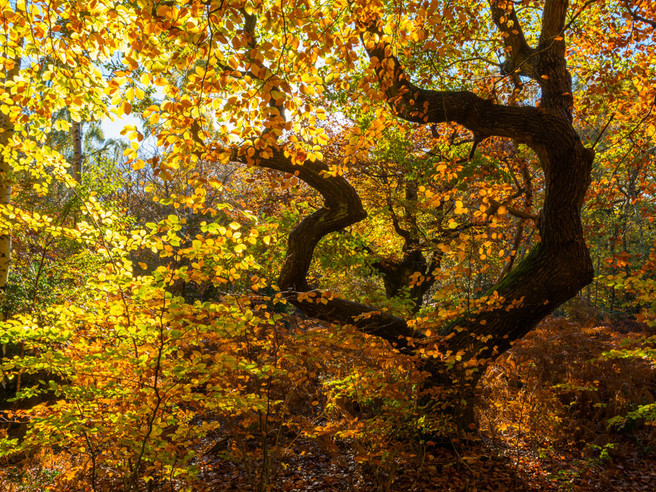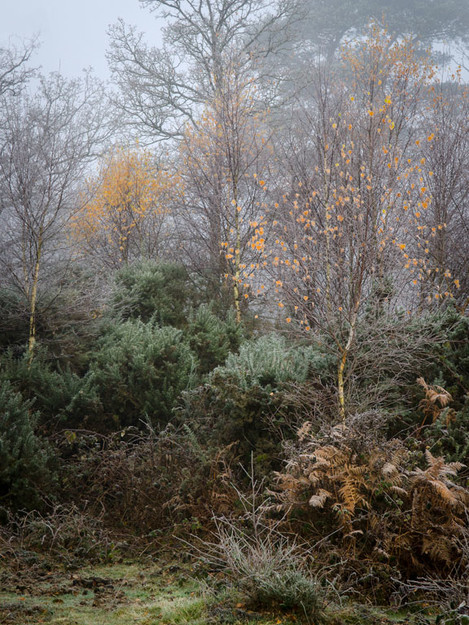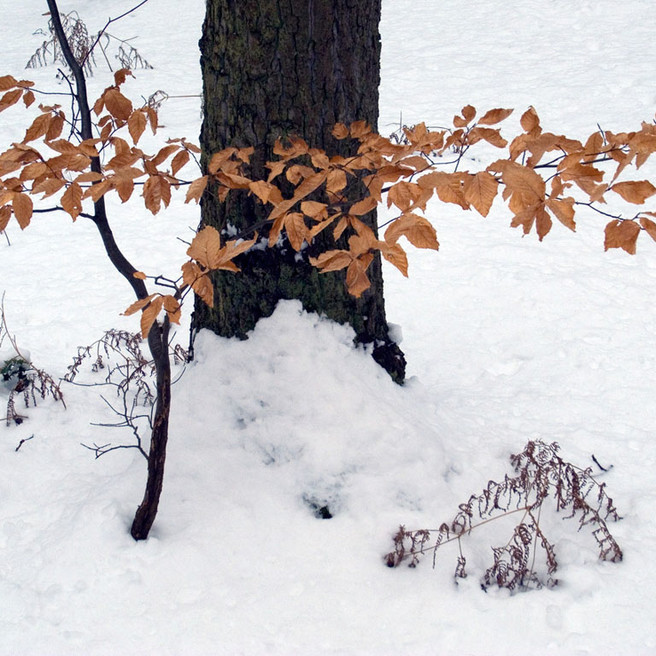Transitions from Burnham Beeches

Paul Mitchell
Paul is a self employed graphic designer with a passion for photography. He is a Fellow of the Royal Photographic Society and respected judge and lecturer.
I decided to make a foray into my local woods last weekend (5th October), my first visit for quite some months. The forecast was promising – clearing skies, a drop in temperature and no wind. As predicted there was a light ground frost, low lying mist with a promise of post dawn streams of light. Three hours later I was driving back home with a warm glow and eager to download the fruits of my labour.
It wasn’t until I created a download folder (location & date etc.) that I realised I had created a folder on exactly the same date - last year. I checked back and it was indeed my first ‘autumn’ visit of 2013. Coincidence? or perhaps it was something to do with my body clock? I’m sure we have all at some point woken seconds before your alarm was due to go off!
Autumn is all part of nature’s ‘body clock’, time to re-absorb and store energy, time to shed foliage in preparation for the colder months. There are better qualified people than I to explain the science behind Autumn, therefore I shall impart some of my own personal thoughts and observations based around my own backyard that is Burnham Beeches.
Throughout October I tend to visit the heathland and low lying marshland that makes up part of this estate, the dense deciduous woodland is still quite green at this time of the year. It is also prone to early morning mist which can linger especially around wetlands. Look out for Silver Birch, Larch and web draped Gorse and Broom. Bracken can be such an invasive plant but redeems itself when changing colour. The delicate tracery of the golden brown fronds can make a very good foil against bold tree trunks.
This is also the time for berries (Rowan, Rosehip, Elder etc.) and fungi. Judicial use of telephoto and macro lenses can help to isolate these fruits of the forest.
During the first few weeks of November there begins a subtle transition within the woodland canopy. Trees such as Beech and Oak are still in full leaf but begin to develop a yellowy copper tinge. I tend to visit on dull, ‘quiet light’ days and look for dense areas of trees or on a slope where one can exclude any bright areas of sky.
One can certainly expect heavy frosts in November, which accelerate the colour change. It will certainly differ from which part of the country you are in but in Burnham Beeches usually the 2nd to 3rd week in November is the best time for strong autumnal colour. Look for areas of trees that are on the margins or near paths as they offer the best opportunities for revealing the shape of the tree. Strong sunlight with blue skies also offer the added bonus of chocolate box contre-jour lighting.
By the beginning of December the firework display of autumn colour is nearly over but opportunities to make images are still plentiful. We are on the cusp of Winter now with bouts of freezing fog and even the risk of early snow. I often begin where I started, around the heathland areas, where one can be rewarded with one final tableau of subtle colour.
Autumn may now be over for another year but my local woods always has something to offer… even when it’s deep and crisp and even!

